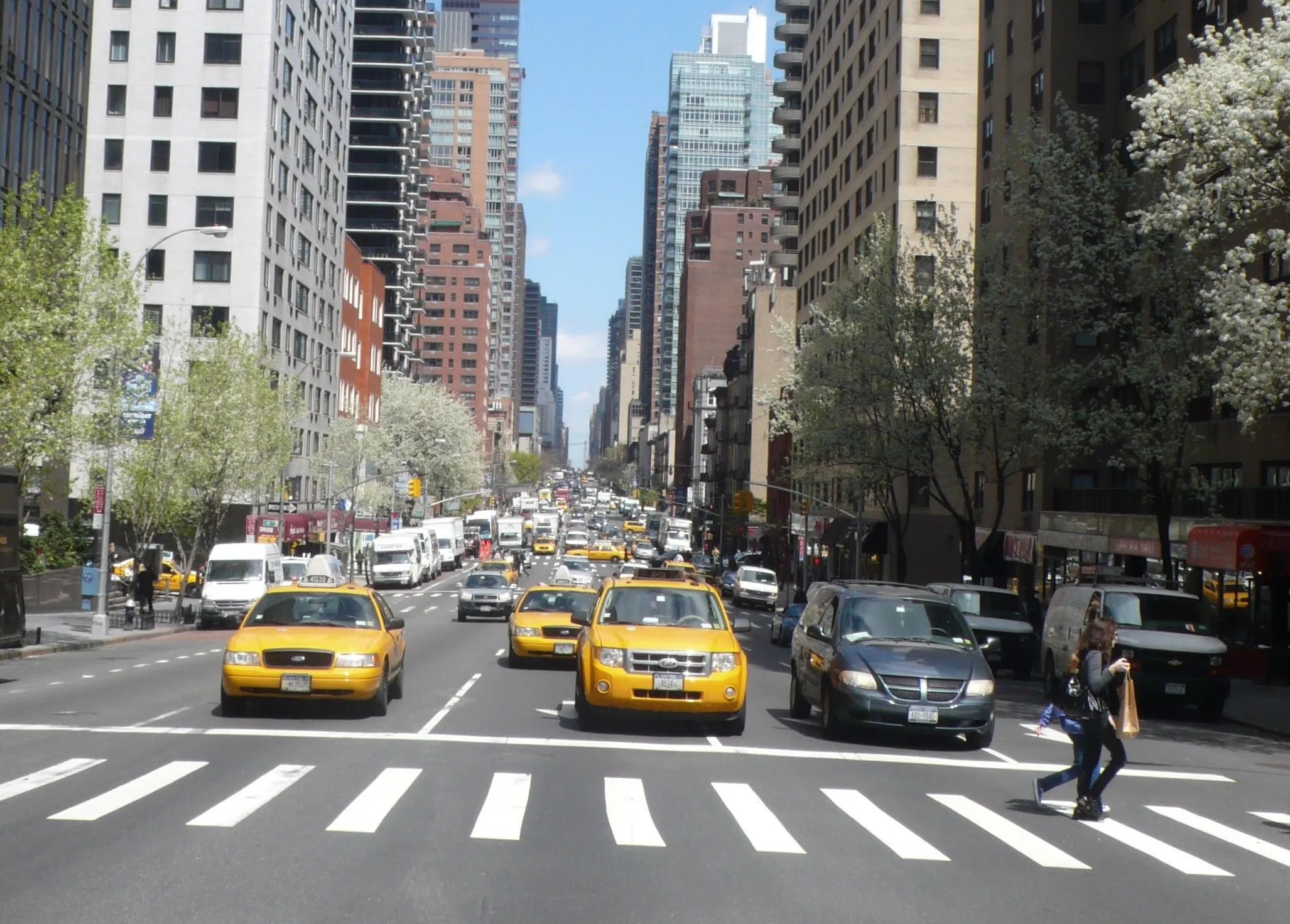There has been a worrying increase in traffic fatalities in the US, according to the latest available information. The data has been released by the US National Highway Traffic Safety Administration (NHTSA), showing that traffic fatalities for 2015 were 7.7% higher than for 2014. Road deaths reached 35,200 in 2015, compared with 32,675 in 2014. The data reveals a disquieting trend as the US road fatality rate for 2015 was the highest for seven years. While the total distance travelled by US drivers increase
July 4, 2016
Read time: 3 mins
RSSThere has been a worrying increase in traffic fatalities in the US, according to the latest available information. The data has been released by the US 2467 National Highway Traffic Safety Administration (NHTSA), showing that traffic fatalities for 2015 were 7.7% higher than for 2014. Road deaths reached 35,200 in 2015, compared with 32,675 in 2014. The data reveals a disquieting trend as the US road fatality rate for 2015 was the highest for seven years. While the total distance travelled by US drivers increased by 3.5% in 2015 compared with 2014, this was not in itself sufficient to account for the climb in the country’s road deaths. And the figures for vulnerable road users reveal particular cause for concern, with traffic deaths for pedestrians and cyclists increasing 10% and 13%, respectively.
“Every American should be able to drive, ride or walk to their destination safely, every time,” said US Transportation Secretary Anthony Foxx. “We are analysing the data to determine what factors contributed to the increase in fatalities and at the same time, we are aggressively testing new safety technologies, new ways to improve driver behavior, and new ways to analyze the data we have, as we work with the entire road safety community to take this challenge head-on.”
Although the data are preliminary and requires additional analysis, the early NHTSA estimate shows 9 out of 10 regions within the United States had increased traffic deaths in 2015.
The NHTSA is working to develop new tools that it says could address behavioral challenges. These include tackling drunk, drugged, distracted and drowsy driving; speeding; failure to use safety features such as seat belts and child seats; and new initiatives to protect vulnerable road users such as pedestrians and cyclists.
NHTSA Administrator Dr Mark Rosekind said, “Ninety-four percent of crashes can be tied back to a human choice or error, so we know we need to focus our efforts on improving human behavior while promoting vehicle technology that not only protects people in crashes, but helps prevent crashes in the first place.”
In March 2016, the Department of Transportation announced a key safety agreement with automakers requiring more than 99% of new vehicles to have automatic emergency braking standard by 2022. This safety technology could prevent thousands of crashes every year. The Department is working to require vehicle-to-vehicle communications systems on new vehicles, a technology which could help drivers avoid or mitigate 70-80% of vehicle crashes involving unimpaired drivers. DOT is also working with researchers on technologies that could prevent drunk driving, which is responsible for close to one-third of highway deaths.
Meanwhile new solutions will have to be introduced to prevent distracted driving, with the use of cellphones at the wheel for making calls, texting or using the internet, seen as a particular hazard.
“Every American should be able to drive, ride or walk to their destination safely, every time,” said US Transportation Secretary Anthony Foxx. “We are analysing the data to determine what factors contributed to the increase in fatalities and at the same time, we are aggressively testing new safety technologies, new ways to improve driver behavior, and new ways to analyze the data we have, as we work with the entire road safety community to take this challenge head-on.”
Although the data are preliminary and requires additional analysis, the early NHTSA estimate shows 9 out of 10 regions within the United States had increased traffic deaths in 2015.
The NHTSA is working to develop new tools that it says could address behavioral challenges. These include tackling drunk, drugged, distracted and drowsy driving; speeding; failure to use safety features such as seat belts and child seats; and new initiatives to protect vulnerable road users such as pedestrians and cyclists.
NHTSA Administrator Dr Mark Rosekind said, “Ninety-four percent of crashes can be tied back to a human choice or error, so we know we need to focus our efforts on improving human behavior while promoting vehicle technology that not only protects people in crashes, but helps prevent crashes in the first place.”
In March 2016, the Department of Transportation announced a key safety agreement with automakers requiring more than 99% of new vehicles to have automatic emergency braking standard by 2022. This safety technology could prevent thousands of crashes every year. The Department is working to require vehicle-to-vehicle communications systems on new vehicles, a technology which could help drivers avoid or mitigate 70-80% of vehicle crashes involving unimpaired drivers. DOT is also working with researchers on technologies that could prevent drunk driving, which is responsible for close to one-third of highway deaths.
Meanwhile new solutions will have to be introduced to prevent distracted driving, with the use of cellphones at the wheel for making calls, texting or using the internet, seen as a particular hazard.








